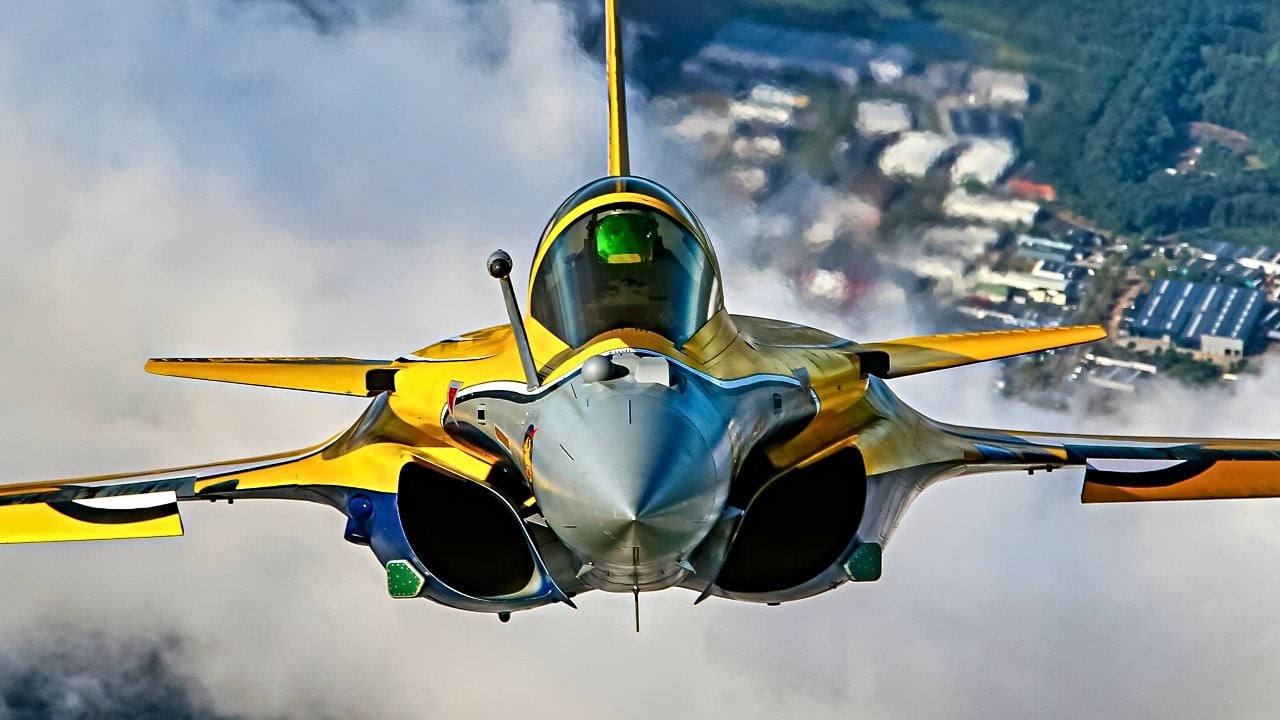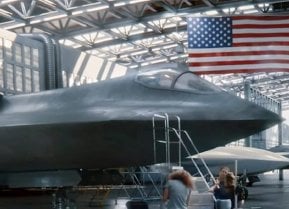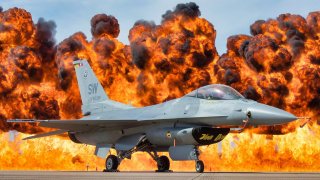Dassault Rafale Fighters Will Soon 'Dogfight' U.S. F-35 and F-16 Warplanes
Dassault Rafale fighter jets from the Indian Air Force (IAF) will participate in Red Flag-Alaska 24-2, training with and against U.S. F-16 and F-35 fighters.
Summary: The Dassault Rafale fighter jets from the Indian Air Force (IAF) will participate in Red Flag-Alaska 24-2, training with and against U.S. F-16 and F-35 fighters.
-This exercise allows the IAF to evaluate the Rafale against advanced aircraft, particularly as the F-35 simulates the Chinese J-20's capabilities.
-The training, involving over 100 aircraft and 3100 personnel, aims to enhance interoperability and combat readiness in a realistic threat environment, crucial given current India-China tensions.
Red Flag-Alaska: Rafale vs. F-35 in High-Stakes Combat Simulation
The French-made Dassault Rafale will soon go head-to-head against the American-made F-16 Fighting Falcon and F-35 Lightning II in the skies over Alaska as part of this month's Red Flag-AK 24-2, which runs through June 14. Eight of the Rafale fighter jets, operated by the Indian Air Force (IAF), landed at Eielson Air Force Base (AFB), Alaska, last week – where they will take part in simulated dogfights with the American combat aircraft.
However, this is really about highlight the capabilities of the Dassault Rafale and how it can stand up to the most advanced aircraft operated by China.
"The exercise includes simulated dogfights between the Rafale and the American F-35 stealth fighter, the latter standing in for the Chinese J-20," Defence.in reported. "The J-20, a fifth-generation fighter frequently deployed by China along its disputed border with India, is a key concern for the IAF. The simulation allows Indian pilots to gain valuable experience against an aircraft with similar capabilities, enhancing their preparedness for potential real-world scenarios."
The F-35 and J-20 do have stark differences, with the former serving as a multirole fighter capable of ground attacks, while the latter was designed with air superiority in mind – yet the exercises will still enable the IAF to determine the strengths and weaknesses of the Rafale against a fifth-generation fighter.
According the United States Pacific Air Forces, "approximately 3100 service members are expected to fly, maintain and support more than 100 aircraft from 4 nations scheduled to participate in Red Flag-Alaska 24-2," while primary flight operations will take part in a realistic threat environment over the more than 77,000 square miles of airspace in the Joint Pacific Alaska Range Complex, the largest combat training range in the world. The United States Air Force has conducted the Red Flag exercises with allies and partner nations since 1975, and the IAF first took part in 2008.
"Red Flag-Alaska is designed to provide realistic training in a simulated combat environment enabling joint combined forces to exchange tactics, techniques and procedures while improving interoperability with fellow servicemembers," PAF added. "Red Flag-Alaska training spans from individual skills to complex, large-scale joint engagements."
The IAF's participation comes as tensions remain high between New Delhi and Beijing.
The IAF's Burst of Fire
The Dassault Rafale – which means literally "gust of wind," or "burst of fire" in a more military sense – was developed as an "omnirole" fighter, meaning that it would replace seven types of combat aircraft in operation at the time of its development.

The new aircraft – originally conceived for the French Air Force and French Navy – was designed to carry out a wide range of missions, including air-defense/air-superiority, anti-access/area denial, reconnaissance, close air support, dynamic targeting, air-to-ground precision strike/interdiction, anti-ship attacks, nuclear deterrence, and even buddy-buddy refueling. It is slated to be the French armed forces’ prime combat aircraft until at least 2050, and has found favor with the IAF.
The fourth-generation combat aircraft utilizes a quadruple-redundant fly-by-wire system that provides for longitudinal stability and superior handling performance across three digital channels and one separately designed analog channel. The close-coupled/delta wing configuration ensures that the Rafale remains agile even at high angles of attack. The airframe radar cross-section is minimized by using appropriate materials and mold lines, including serrated edges to the trailing edge of the wings and canards.

It will now be put to the test against the very best multirole fighter in the world – and if he can hold its own that should only serve to make Beijing worry.
Author Experience and Expertise: Peter Suciu
Peter Suciu is a Michigan-based writer. He has contributed to more than four dozen magazines, newspapers, and websites with over 3,200 published pieces over a twenty-year career in journalism. He regularly writes about military hardware, firearms history, cybersecurity, politics, and international affairs. Peter is also a Contributing Writer for Forbes and Clearance Jobs. You can follow him on Twitter: @PeterSuciu. You can email the author: [email protected].
All images are Creative Commons.


